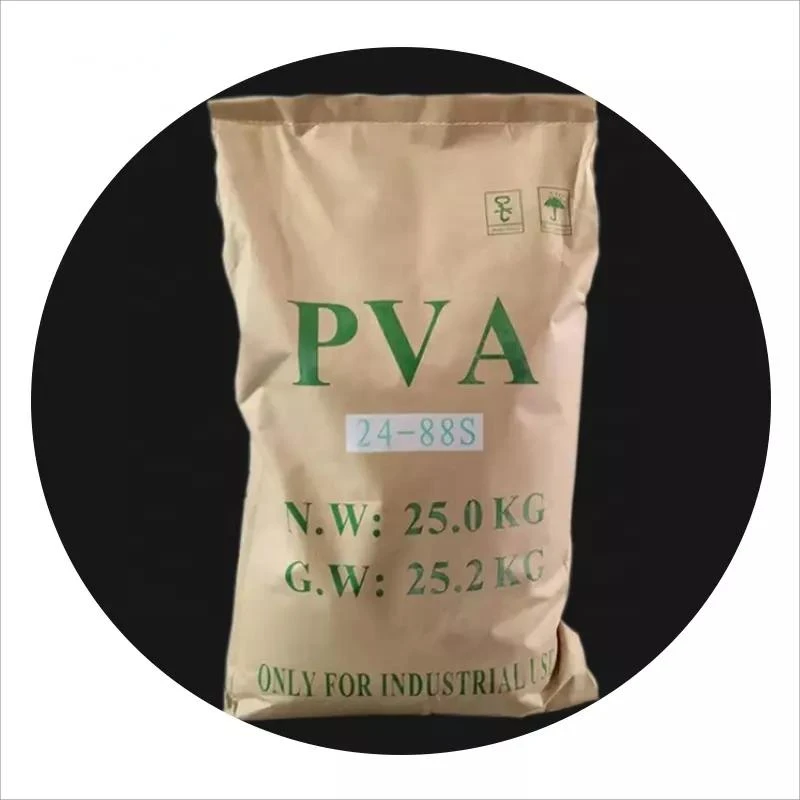The Significance of Cement Additives in Modern Construction
Cement has long been a fundamental component in the construction industry, serving as the backbone of concrete, mortar, and various building materials. The increasing demand for durable and sustainable construction solutions has led to the development of various cement additives that enhance the properties of cement. This article explores the significance of cement additives, focusing on their types, functions, and benefits in modern construction.
Types of Cement Additives
Cement additives can be broadly categorized into two main types mineral additives and chemical additives.
1. Mineral Additives These are naturally occurring materials that can improve the performance of cement. Common mineral additives include - Fly Ash A byproduct of coal combustion, fly ash enhances workability and reduces the heat of hydration, making it ideal for massive structures. - Silica Fume A byproduct of silicon metal or ferrosilicon alloy production, silica fume improves the density and strength of concrete, especially in high-performance applications. - Ground Granulated Blast Furnace Slag (GGBFS) This is produced from the byproducts of iron and steel manufacturing. GGBFS enhances the durability and workability of concrete while also reducing permeability.
2. Chemical Additives These are formulated compounds designed to modify cement's properties. Types of chemical additives include - Water-Reducing Agents These admixtures lower the water-cement ratio without affecting workability, allowing for stronger and more durable concrete. - Set Retarders These additives delay the setting time of cement, which is particularly useful in hot weather conditions, giving workers more time to pour and finish concrete. - Accelerators In contrast, accelerators speed up the setting time, beneficial for cold weather projects where quicker curing is desired.
Functions of Cement Additives
The primary functions of cement additives include enhancing the mechanical properties of cement, improving workability, and increasing durability. Specifically, these additives can help achieve
cement additives

- Improved Strength With the inclusion of additives like silica fume and GGBFS, the compressive and flexural strength of concrete can be significantly enhanced. This is crucial for high-rise buildings and other structures requiring robust materials. - Better Durability Additives that reduce permeability contribute to the longevity of concrete structures by minimizing the ingress of water and harmful chemicals. This is essential for structures exposed to harsh environmental conditions, such as bridges and marine constructions. - Sustainability The use of industrial waste products such as fly ash and slag not only reduces the reliance on virgin materials but also contributes to lower carbon emissions associated with cement production, thereby promoting environmentally friendly construction practices.
Benefits of Using Cement Additives
Incorporating cement additives into construction projects offers numerous advantages
1. Cost-Efficiency While there may be initial costs associated with high-quality additives, the long-term savings in terms of reduced maintenance, enhanced durability, and increased lifespan of structures make them an economically viable choice.
2. Adaptability Cement additives allow for customization based on specific project requirements. For instance, they can be selected to enhance properties such as setting time and strength according to the local climate and job site conditions.
3. Quality Control The consistent properties of commercial cement additives enable better quality assurance and control during the mixing and curing processes, leading to better overall product performance.
Conclusion
Cement additives play a crucial role in modern construction, enabling the creation of stronger, more durable, and sustainable structures. By understanding the different types of additives and their functions, builders and engineers can make informed choices that enhance the quality and longevity of their projects. As the construction industry continues to evolve, the emphasis on innovative materials and practices will only increase, solidifying the significance of cement additives in shaping the future of building and infrastructure development.
-
The Versatility of Industrial Additives: Mhec, Hpmc, And Wall Putty SolutionsNewsMar.28,2025
-
The Importance of HPMC in Modern IndustriesNewsMar.28,2025
-
Partnering with Reliable Manufacturers for Optimal ResultsNewsMar.28,2025
-
Enhancing Construction Performance with Redispersible Polymer PowdersNewsMar.28,2025
-
Enhancing Construction and Household Products with Advanced AdditivesNewsMar.28,2025
-
Building Strong Foundations with Key Construction MaterialsNewsMar.28,2025






